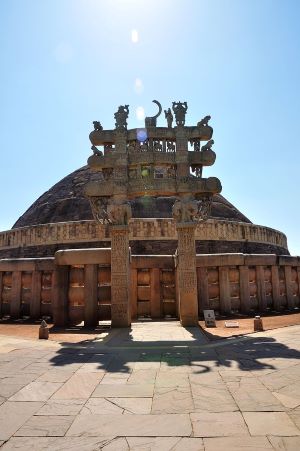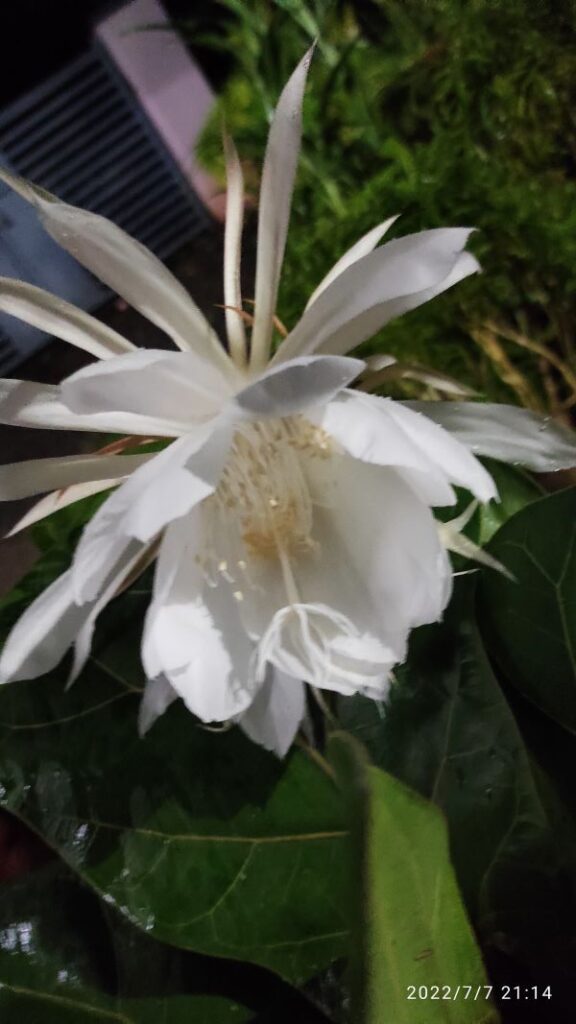
Mediterranean diet is a globally approved diet pattern for preventing and managing obesity & life style diseases and thus for sustaining healthy living.

Obesity and its associated risks are the growing concern in all age groups globally as it is the root cause of various kinds of life style diseases, hormonal disorders, cancers and depression.
Obesity is a condition which affects the quality of life and the general health of individuals as well as populations. Obesity is closely linked with diabetes and depression even in children, although genetics also plays a contributory role here. The emerging solution to preserve and sustain the health of the population is to adopt healthy lifestyle practices right from the formative years of life. Adults as well as children need to follow healthy food habits and ways for adequate physical activity to ensure better quality of life and productivity.
In the journey towards adoption of healthy life practices, diet plays a pivotal role. Everyone is worried about the right diet for their health and clinical conditions. This is quite natural and needs advice of a health care provider or nutritionist, particularly if one is affected with life style diseases such as diabetes, heart attack, stroke and some cancers.
Hormonal disorders like polycystic ovarian syndrome in females, also has been linked with obesity, insulin resistance and metabolic syndrome. This condition requires vigorous physical exercise as well as dietary modifications for reducing insulin resistance and obesity.
Mediterranean diet is a globally approved diet pattern for preventing and managing many of the life style diseases and sustain healthy living.
What is Mediterranean diet?
It is a diet based on traditional diet patterns. Mediterranean diet follows the dietary patterns of people living in Mediterranean region. The diet gives emphasis to the inclusion of whole grains, vegetables, legumes, fruits, nuts, seeds, herbs and spices. Olive oil is included as a chief ingredient of most of the recipes in Mediterranean diet, it being a source of healthy fats. Fish, sea food and poultry are also included in this diet. Although not considered as mandatory, red meat and sweet is allowed occasionally.
History of origin of Mediterranean diet &its spread
Now, Mediterranean diet is a popular dietary choice among fitness freaks as well as with people concerned about life style diseases globally. However, it is curious to know that for many decades the diet was part of the lives of various tribes existed in the Mediterranean region.
The Mediterranean region comprises areas of the globe around the Mediterranean Sea, having the Mediterranean climate characterized by rainy winters and dry, hot summers. It encompasses the countries around Mediterranean sea in three continents Africa, Asia, Europe and certain regions of other continents such as California, Chile, Southwestern Australia, and southern South Africa.
It was around 1950s that Ancel Keys, an American scientist noticed the fact that incidence of heart diseases is very low among people of Mediterranean region and he focused his research on the dietary habits of people of this region. His study is known as ‘The Seven Countries Study of Cardiovascular Diseases’.
Later further advanced research studies conducted over the years confirmed that Mediterranean diet & dietary patterns derived from it are not only beneficial in the prevention of cardiovascular diseases, but also in the therapeutic approach of obesity, type 2 diabetes, metabolic syndrome, cancer or neurodegenerative diseases.
Mediterranean diet includes food ingredients having healthy, monounsaturated fat, which lowers total cholesterol and low-density lipoproteins [bad cholesterol] levels in the human body.
Nuts and seeds being an integral part of Mediterranean diet provide monounsaturated fat and are good for health if consumed in moderation.
Th diet includes fish and seafood & legumes which provide proteins, vital minerals, vitamins and omega fatty acids to the body.
Vegetables and fruits are important part of this diet and serve as effective antioxidants, sources of vitamins and minerals required for vital functions in the body.
Health benefits of Mediterranean diet
Mediterranean diet has numerous health benefits, particularly in the prevention of life style diseases. Of late numerous studies have elucidated its role in sustaining cognitive functions of brain and nervous system.
Mediterranean diet helps to:
- Lower the incidence of heart diseases & stroke
- It helps to maintain optimum weight and prevent obesity
- It helps to reduce blood glucose levels
- It lowers blood cholesterol
- Mediterranean diet helps to reduce hypertension
- Reduces the risk of development of metabolic syndrome in obese peope. Metabolic syndrome is the triad of occurrence of high blood pressure, high levels of bad cholesterol and obesity in individuals.
- Mediterranean diet includes ingredients that support gut microbacteria. It also improves digestive health.
- The diet also helps in reducing the occurrence of some type of cancers. [ prostate, colon cancers]
- Improves brain health & cognitive function.
- Improves longevity
- Antioxidants in mediterranean diet helps to prevent free radical injury and helps improved skin health.Antioxidants are beneficial in slowing down ageing preventing oxidative stress to skin and vital organs.
- High fiber content help reduce bad cholesterol improving cardiovascular health and it also reduces the risk for colorectal cancers.
written by dr sanjana p [copyright]
References
1.Wright C.M. Biographical notes on Ancel Keys and Salim Yusuf: Origins and significance of the Seven Countries Study and the INTERHEART Study. J. Clin. Lipidol. 2011;5:434–440. PMID: 22108146 DOI: 10.1016/j.jacl.2011.09.003 https://pubmed.ncbi.nlm.nih.gov/22108146/
2. Gotsis E., Anagnostis P., Mariolis A., Vlachou A., Katsiki N., Karagiannis A. Health benefits of the Mediterranean Diet: An update of research over the last 5 years. Angiology. 2015;66:304–318. doi: 10.1177/0003319714532169. https://pubmed.ncbi.nlm.nih.gov/23553669/
3. https://www.sciencedirect.com/topics/earth-and-planetary-sciences/mediterranean-region








